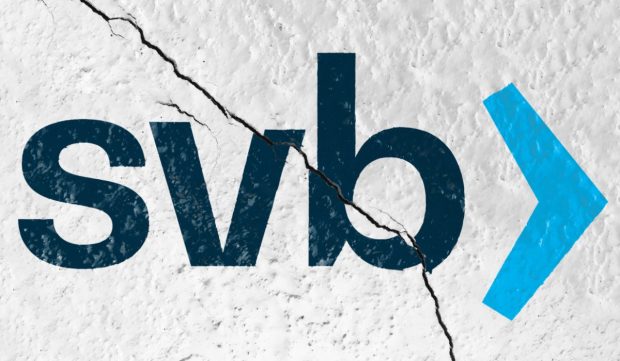SVB’s Collapse Cost $16 Billion, and Fed’s Watchdog Wants to Know Why

When Silicon Valley Bank (SVB) failed this spring, it shocked the market.
But while those economic and banking sector wobbles have since largely abated, the third-largest bank failure in U.S. history is still sending after-effect tremors through the regulatory agencies whose oversight bodies failed to catch the bank’s financial fractures before they became a chasm.
This, as the Office of the Inspector General (IG) — a supervisory body that provides independent oversight of the Board of Governors of the Federal Reserve System (the Fed) and the Consumer Financial Protection Bureau (CFPB) — released a new report detailing the oversight and scrutiny failures of the Fed’s bank supervision officials in advance of SVB’s demise.
“Our review resulted in three findings. First, the RBO (Regional Banking Organization) supervisory approach for SVB did not evolve with SVB’s growth and increased complexity. Second, the Board and FRB San Francisco did not effectively transition SVB from the RBO portfolio to the LFBO (Large and Foreign Banking Organization) portfolio. Third, examiners should have closely scrutinized the risks from rising interest rates on SVB’s investment securities portfolio,” the IG wrote in its report.
Those failures didn’t come cheap.
“Our objective for this evaluation was to determine why SVB’s failure resulted in a material loss to the Deposit Insurance Fund (DIF),” the IG analysis stated.
SVB, the principal subsidiary of Silicon Valley Bank Financial Group (SVBFG), was in its 40th year when it failed and had grown from under $25 billion in deposits to over $200 billion between 2013 and 2023.
The bank’s rapid increase in size — SVB would go on to triple its assets between 2019 and 2021 alone — did not lead to any heightened supervision or regulatory adherence.
The tech sector-centric institution’s collapse and subsequent entrance into FDIC (Federal Deposit Insurance Corporation) receivership cost the Deposit Insurance Fund an estimated $16.1 billion — more money than the bank itself had ever held in custody for the first 30 years of its existence.
Read also: SVB Hearing: Lawmakers Allege Top Banking Regulators Asleep at the Wheel
A Static Supervisory Approach to a Dynamic Bank
The IG report follows an earlier analysis of the SVB collapse by the Fed Vice Chair for Supervision Michael Barr, which was published in April, just weeks after SVB’s demise.
As reported by PYMNTS, Barr’s review didn’t mince words in relaying that SVB “failed because of a textbook case of mismanagement by the bank… Its senior leadership failed to manage basic interest rate and liquidity risk. Its board of directors failed to oversee senior leadership and hold them accountable. And Federal Reserve supervisors failed to take forceful enough action.”
While SVB’s failure can be attributed to many reasons — including the bank’s high share of uninsured deposits, concentrated vulnerability to the business cycles of its tech and science sector customer base, as well as poorly hedged financials built atop a foundation of securities with long-term maturities and ineffective communication among management as the bank’s deposits rapidly scaled — the IG’s own report homes in specifically on the supervisory failures.
Because they were responsible for ensuring that SVB had safe and sound business practices, examiners should have closely scrutinized the risks from rising interest rates on SVB’s investment securities portfolio, as well as evolved their oversight in step with SVB’s growth, transitioning it between supervisory portfolios, the IG report found.
Still, the report did not shy away from also laying blame at the feet of bank management for “weaknesses in corporate governance and risk management” that led to a $40 billion run on deposits, with additional withdrawal requests totaling $100 billion that SVB could not meet.
Read also: Regulators Blame Signature for Own Failure and Themselves for SVB’s
Recommendations Coming Out of the Review
“We know the bank was mismanaged — that much is clear. Now, we need insight into the decision-making process of the financial regulators related to the second and third largest U.S. bank failures,” House Financial Services Committee Chairman Patrick McHenry said during a March 29 congressional hearing into the SVB collapse.
“It seems like they blew you guys off, and you didn’t do anything,” Rep. Juan Vargas said to regulators.
The IG report makes seven recommendations for the Fed’s Division of Supervision and Regulation.
The first three are meant to address the failure of the RBO supervisory approach to evolve with SVB’s risk profile; the fourth calls for a new approach to be developed around transitioning RBO institutions to LFBO portfolios; and the final three are centered around how the Fed assesses risks inherent to bank business models and financials.
“We will follow up to ensure that the recommendations are fully addressed,” the IG said.

